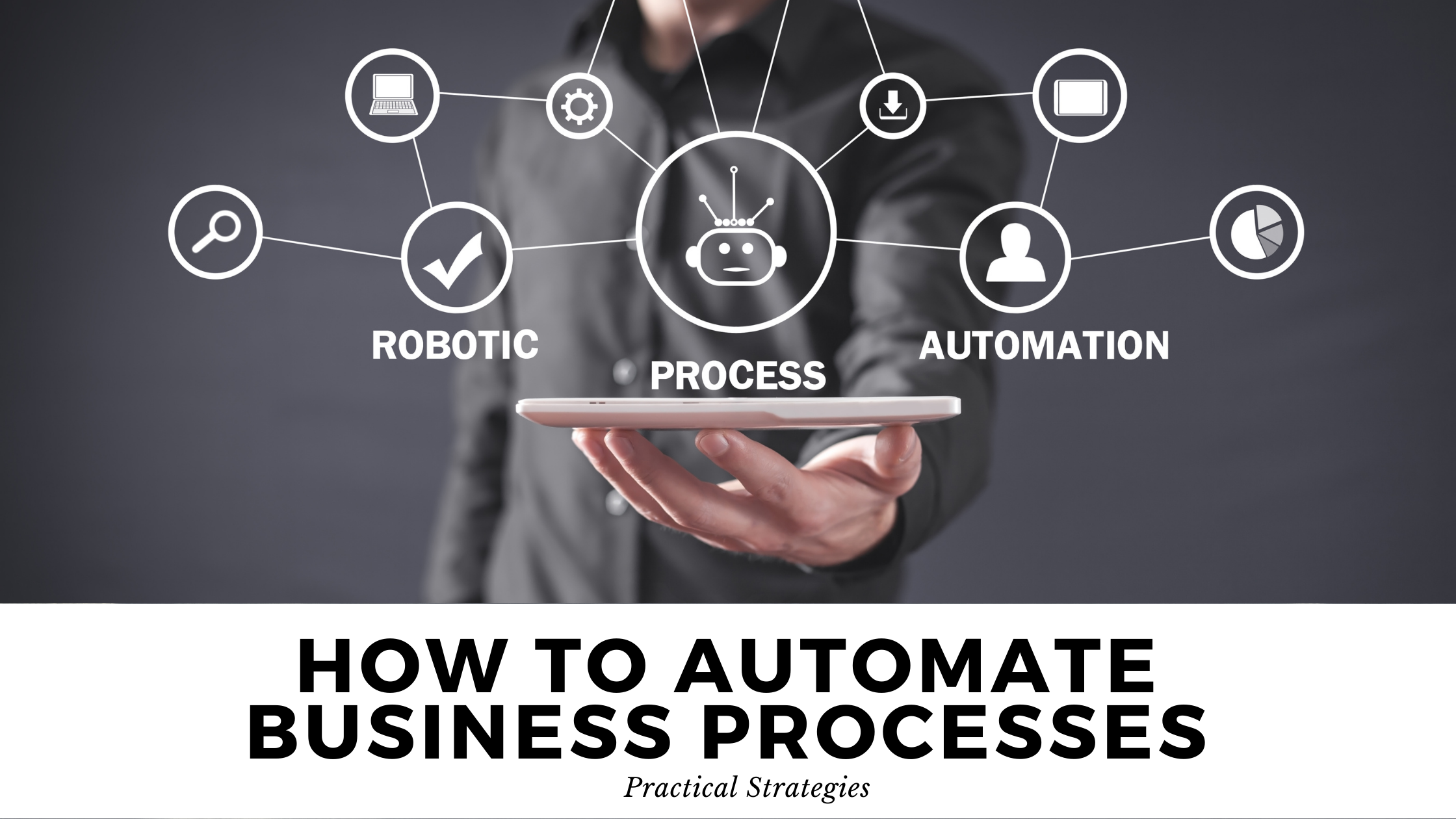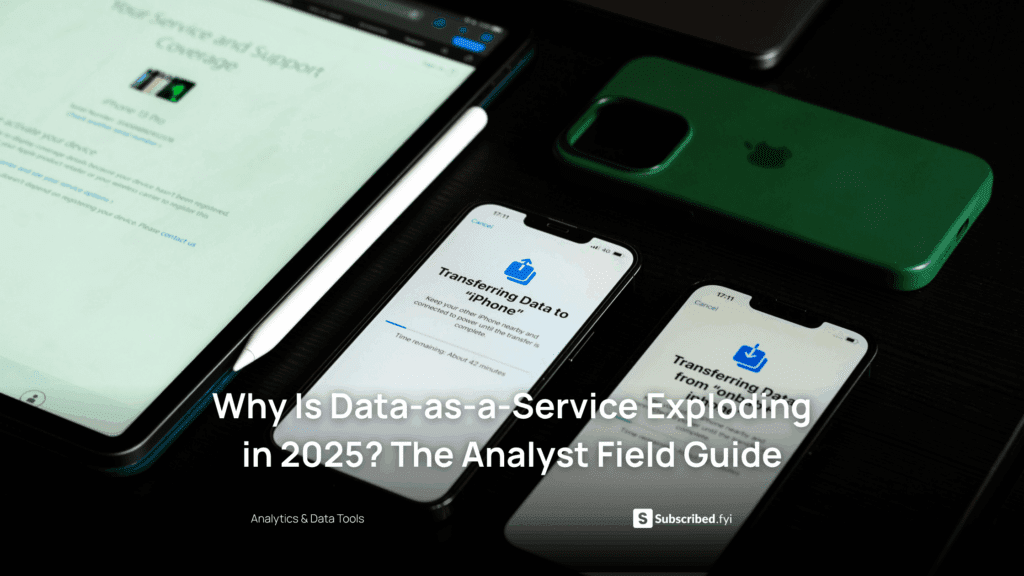How to Automate Business Processes: Practical Strategies
-


How to Automate Business Processes: Practical Strategies
In the digital age, businesses are constantly looking for ways to streamline their operations and improve efficiency. One of the most effective ways to achieve this is through the automation of business processes. This involves using technology to execute recurring tasks or processes in a business where manual effort can be replaced. It is done to minimize costs, increase efficiency, and streamline processes.
Understanding Business Process Automation (BPA)
Business Process Automation (BPA) is the use of technology to execute recurring tasks or processes in a business where manual effort can be replaced1. It is done to minimize costs, increase efficiency, and streamline processes1. BPA can be applied to a wide range of business processes across almost every part of the company, from simple data entry and data management tasks to complex processes, such as supply chain management and customer service1.
Practical Strategies for Business Process Automation
- Identify Functional Areas of Operations: The first step in automating business processes is to identify functional areas in your business that may have opportunities for efficiency improvements2. This may include sales teams, accounts payable, customer service, inventory management, and other areas of business operations2.
- Create Standard Operating Procedures (SOPs): Standard operating procedures (SOPs) document the exact steps necessary to carry out and complete the responsibilities within a role2. In order to complete any type of automation, a process needs to be clearly defined with steps and actions to take2.
- Identify Repetitive Tasks: Once you have identified functional areas within your business, you can start to dive deeper into the repetitive tasks that exist within the roles of each department2.
- Prioritize Areas to Automate: After identifying the repetitive tasks, prioritize the areas that need automation3. This could be based on the time spent on the task, the impact of the task on the business, or the potential for errors in the task3.
- Deploy the Business Automation Solution: Finally, deploy the business automation solution3. This could involve implementing a new software system, training staff on the new processes, and monitoring the effectiveness of the automation3.
Relevant SaaS Products for Business Process Automation
Here are some relevant SaaS products that can aid in business process automation:
- Microsoft Power Automate: Microsoft Power Automate is an advanced automation platform offering a range of features, including AI-powered automation, robotic process automation (RPA), business process automation (BPA), digital process automation (DPA), and process/task mining4. You can learn more about it here.
- Monday Sales CRM: Monday Sales CRM is a fully customizable, dedicated sales platform5. It allows you to manage all your leads, customer relationships, sales pipeline, and tasks in one place so you can focus on closing deals5. You can learn more about it here.
- ProjectManager: ProjectManager is a job management solution designed for job shop manufacturers and modular machine shops6. It helps small and midsize manufacturers to schedule workflows, manage shop operations, track inventories, manage purchase orders, and more6. You can learn more about it here.
- ERPNext: ERPNext is a free and open-source ERP that supports manufacturing, distribution, retail, trading, services, education, non-profits, and healthcare7. You can learn more about it here.
- Odoo: Odoo is an open-source ERP and CRM that offers a range of business apps at your disposal8. From ERP to CRM, eCommerce, and CMS, Odoo provides a comprehensive suite of tools to help you run your business8. You can learn more about it here.
Conclusion
Business process automation is a powerful strategy that can significantly improve the efficiency and effectiveness of your business operations. By identifying key areas for automation, creating standard operating procedures, and deploying the right tools and technologies, you can streamline your processes, reduce costs, and enhance productivity. The SaaS products mentioned above offer robust features that can aid in the automation of various business processes. Remember, the goal of business process automation is not to replace human workers, but to enable them to focus on more strategic, creative, and value-adding tasks.











